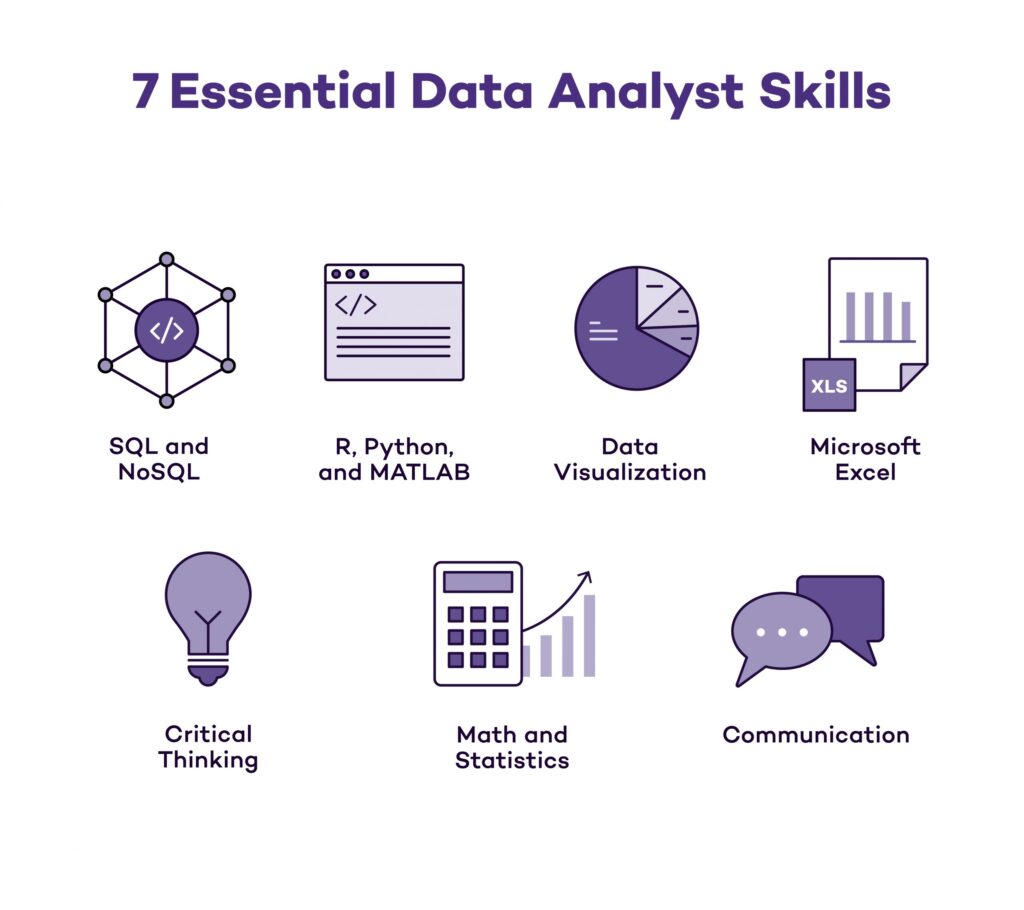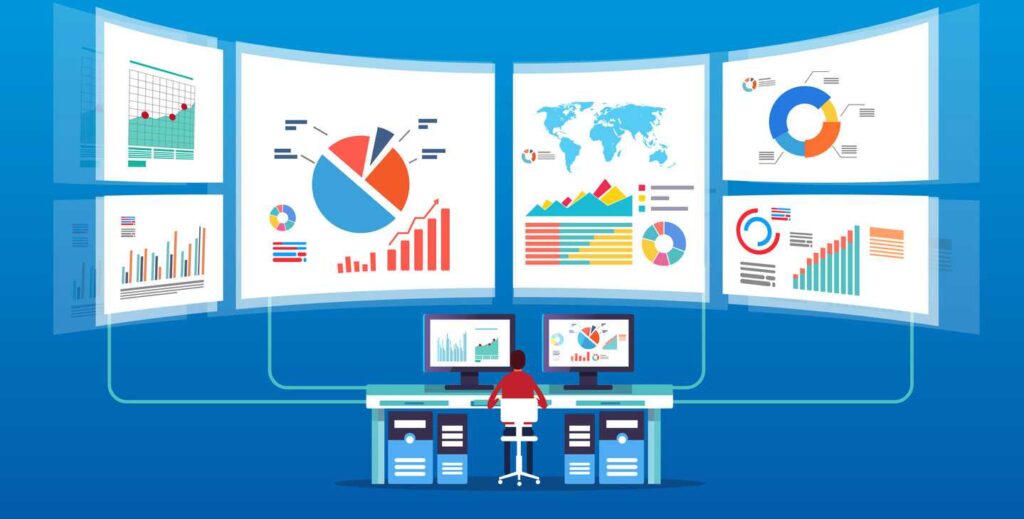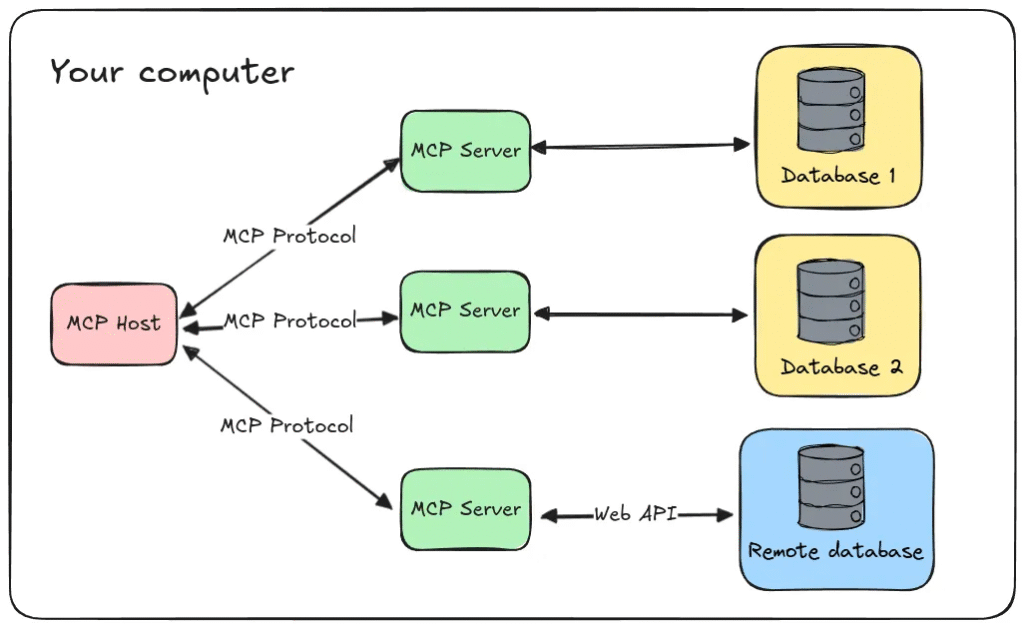In the era of big data, organizations are inundated with vast amounts of information. The role of a data analyst has become crucial in transforming this raw data into actionable insights that drive business decisions and strategies. This blog will explore the responsibilities, skills, tools, and impact of a data analyst in today’s data-driven world.
Who is a Data Analyst?
A data analyst is a professional who collects, processes, and performs statistical analyses on large datasets to identify patterns, trends, and insights. They play a key role in helping organizations make data-driven decisions by interpreting complex data and presenting their findings in a clear and concise manner.
Key Responsibilities of a Data Analyst
Data Collection and Cleaning: Data analysts gather data from various sources, including databases, spreadsheets, and APIs. They clean and preprocess this data to ensure its accuracy and reliability, removing any inconsistencies or errors.
Data Exploration and Analysis: Using statistical techniques and analytical tools, data analysts explore the data to uncover patterns, correlations, and trends. They employ descriptive statistics, data visualization, and exploratory data analysis (EDA) to understand the underlying structure of the data.
Data Visualization: Data analysts create visual representations of data using charts, graphs, and dashboards. These visualizations help communicate complex findings in an intuitive and accessible way, making it easier for stakeholders to grasp the insights.
Reporting and Presentation: Data analysts prepare detailed reports and presentations that summarize their findings and recommendations. They present their insights to stakeholders, including executives, managers, and other team members, to inform strategic decisions.
Statistical Analysis and Modeling: In some cases, data analysts perform advanced statistical analyses and build predictive models to forecast future trends and outcomes. This may involve regression analysis, hypothesis testing, and machine learning techniques.
Collaboration: Data analysts often work closely with other departments, such as marketing, finance, and operations, to understand their data needs and provide relevant insights. They collaborate with data engineers, data scientists, and business analysts to ensure a cohesive approach to data management and analysis.
Essential Skills for a Data Analyst
Statistical and Analytical Skills: A strong foundation in statistics and data analysis is crucial for understanding and interpreting data. Knowledge of probability, hypothesis testing, and regression analysis is essential.
Programming Skills: Proficiency in programming languages such as Python, R, and SQL is important for data manipulation, analysis, and automation. Familiarity with libraries and frameworks like pandas, NumPy, and scikit-learn is beneficial.
Data Visualization: Expertise in data visualization tools such as Tableau, Power BI, and Matplotlib is essential for creating compelling visualizations that effectively communicate insights.
Data Cleaning and Preprocessing: The ability to clean and preprocess data is critical for ensuring data quality. This involves handling missing values, outliers, and inconsistencies in the data.
Problem-Solving and Critical Thinking: Data analysts must be adept at solving complex problems and thinking critically to uncover insights that drive business decisions.
Communication Skills: Strong communication skills are essential for presenting findings and recommendations to stakeholders in a clear and concise manner.
Domain Knowledge: Understanding the industry and domain in which they operate helps data analysts provide contextually relevant insights and make informed recommendations.

Tools and Technologies
Programming Languages: Python, R, SQL
Data Visualization Tools: Tableau, Power BI, Matplotlib, Seaborn
Statistical Software: SPSS, SAS, Stata
Database Management Systems: MySQL, PostgreSQL, MongoDB
Big Data Technologies: Hadoop, Spark
Spreadsheet Software: Microsoft Excel, Google Sheets
The Impact of Data Analysts
Data analysts play a pivotal role in helping organizations leverage their data to gain a competitive edge. By uncovering insights and trends, they enable businesses to:
- Make Informed Decisions: Data-driven decision-making leads to more accurate and effective strategies, reducing uncertainty and risk.
- Improve Efficiency: By analyzing operational data, analysts can identify inefficiencies and recommend process improvements, leading to cost savings and increased productivity.
- Enhance Customer Experience: Understanding customer behavior and preferences allows organizations to tailor their products, services, and marketing efforts to better meet customer needs.
- Drive Innovation: Data insights can reveal new opportunities for innovation, helping businesses stay ahead of the competition and adapt to changing market conditions.
Conclusion
The role of a data analyst is integral to the success of modern organizations. By transforming raw data into actionable insights, data analysts empower businesses to make informed decisions, improve efficiency, and drive innovation. With the growing importance of data in today’s world, the demand for skilled data analysts continues to rise, making it a promising and rewarding career path for those with a passion for data and analysis.


